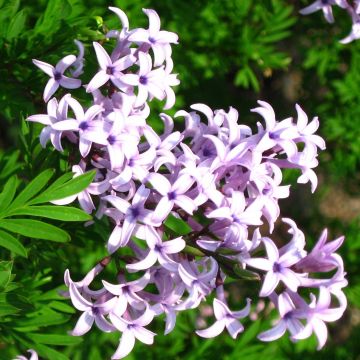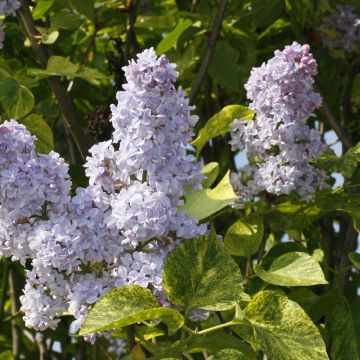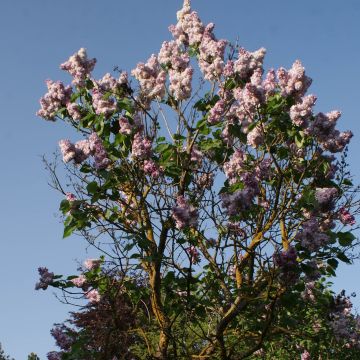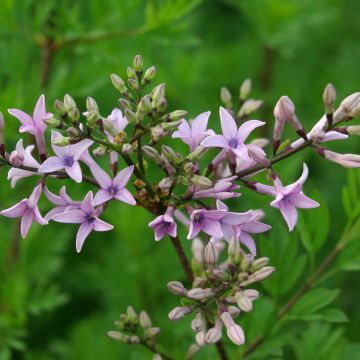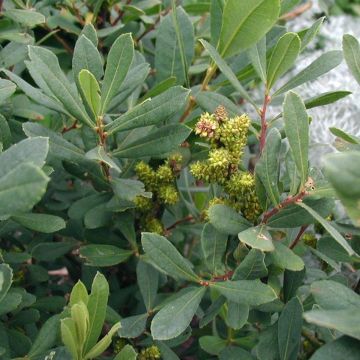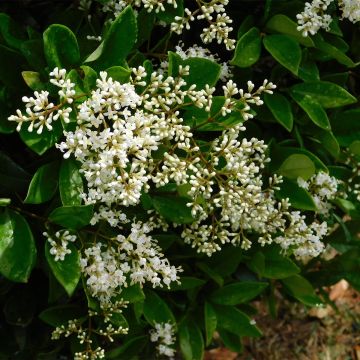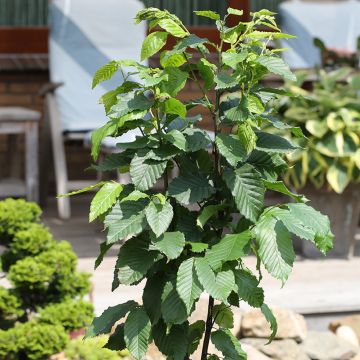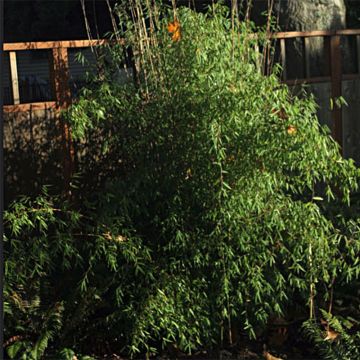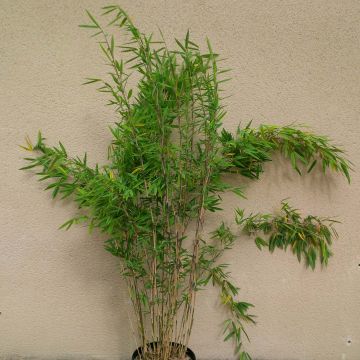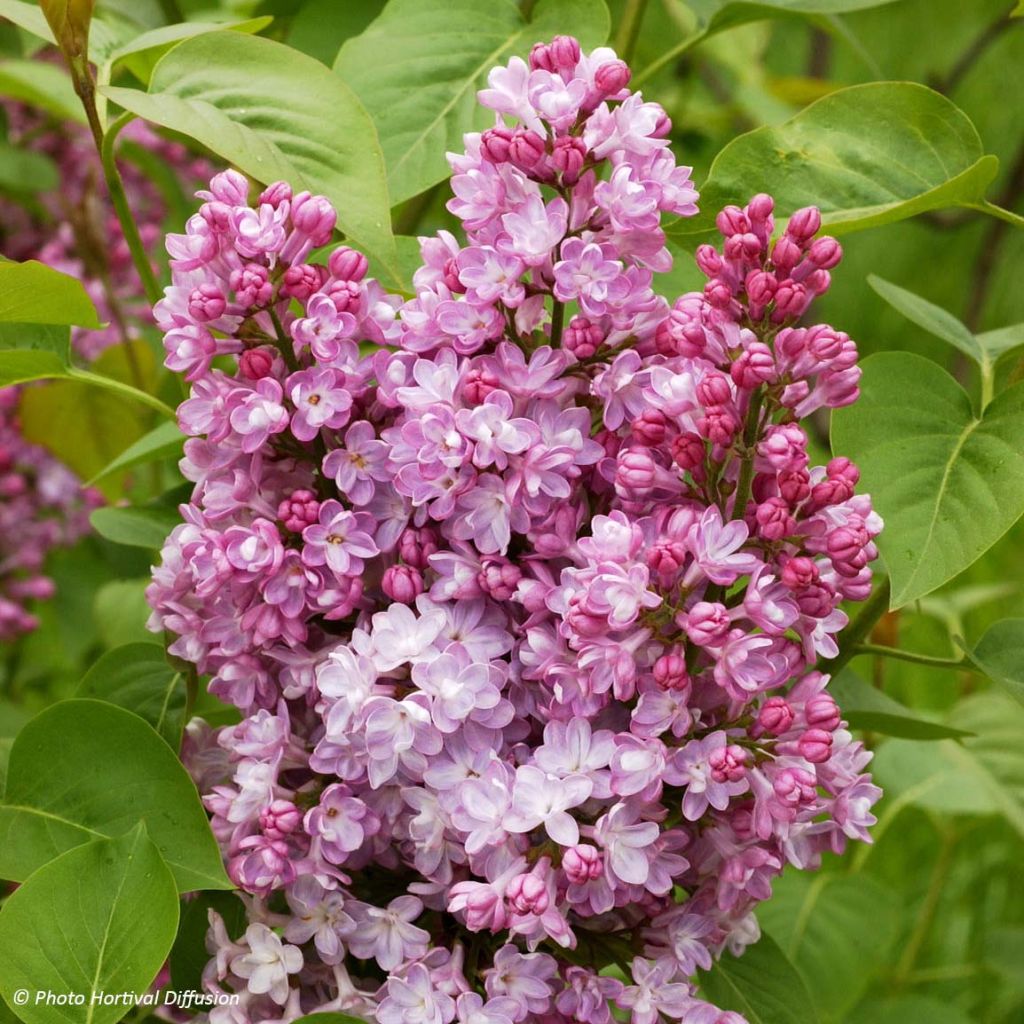

Syringa vulgaris Belle de Nancy - Common Lilac


Syringa vulgaris Belle de Nancy - Common Lilac
Syringa vulgaris Belle de Nancy - Common Lilac
Syringa vulgaris Belle de Nancy
Common Lilac, Lilac
This item cannot be shipped to the selected country
Delivery charge from €5.90
Delivery charge from €5.90
More information
Schedule delivery date,
and select date in basket
This plant carries a 24 months recovery warranty
More information
We guarantee the quality of our plants for a full growing cycle, and will replace at our expense any plant that fails to recover under normal climatic and planting conditions.
From €5.90 for pickup delivery and €6.90 for home delivery
Express home delivery from €8.90.
From €5.90 for pickup delivery and €6.90 for home delivery
Express home delivery from €8.90.
Does this plant fit my garden?
Set up your Plantfit profile →
Description
Lilac ‘Belle de Nancy’ is an old variety from Victor Lemoine. It is a very floriferous descendant of Syringa vulgaris, the iconic lilac of old gardens, whether in the city or in the countryside. Like any good common lilac, it blooms abundantly in April-May, in the form of opulent clusters of tightly packed mauve-purplish buds. They gradually open into semi-double florets of a softer mauve, accompanied by a genuine lilac fragrance. This timeless shrub, an essential part of spring, has the gift of never tiring: once its exuberant flowering is over, it quietly fades into the anonymity of a hedge or a large rustic bed, modestly blending into the somewhat messy background of the garden.
Syringa vulgaris 'Belle de Nancy' is a shrub from the olive family, obtained in 1891 in Nancy by Victor Lemoine. It is the parent of beautiful varieties such as 'Belle de Moscou'. It is often forgotten that the common lilac, also known as European Lilac, is native to Southeast Europe and Western Asia, specifically the Balkan Peninsula, and arrived in Western Europe at the end of the Renaissance. In nature, this indomitable plant with highly fragrant blue-violet-purple flowers colonizes rocky hills and braves cold winters.
The 'Belle de Nancy' variety forms a dense, compact bush with an upright and rounded habit, reaching an average height of 4m (13ft 1in) and a spread of 3m (9ft 10in). It naturally forms a bush composed of several stems, similar to the mock orange with which it should not be confused. Its triangular and heart-shaped leaves, 4 to 12cm (1.6 to 4.7in) long and 3 to 8cm (1.2 to 3.1in) wide, appear in spring in a medium green shade with a satin finish. Flowering occurs in May or April depending on the climate. At the end of one-year-old branches, pairs of compound clusters, called thyrses, appear, measuring 15 to 18cm (5.9 to 7.1in) in length. The light purple floral buds open into mauve-pink, semi-double and fragrant flowers, creating a delightful inflorescence that combines these two colours. This slightly suckering variety sometimes produces suckers from its stump.
The strength emanating from the aged silhouette of a lilac, anchored on multiple trunks, as well as the generosity of its flowering, sometimes deserve a prominent place, isolated, in a small garden. Surrounded by a bed of ground cover roses and catmints, in a dedicated small space, this modest subject will become a majestic bush, covered in glory in the heart of spring. Easy to grow in cool and relatively watered climates, even in the mountains, the common Lilac 'Belle de Nancy' thrives in ordinary, fresh, rather calcareous, but well-drained soils. Use it abundantly, mixed with other white, mauve, or red varieties, in large flowering hedges, alongside single-flowered roses, mock oranges, serviceberries, Crataegus 'Paul's Scarlet', Cotinus, or large buddleias (B.macrostachya, B.officinalis, B. alternifolia). A hedge of lilacs, flowering Prunus, Chinese almond, Japanese quinces, and flowering apple trees, planted above a large sunken alley, is a true enchantment in spring.
Report an error about the product description
Syringa vulgaris Belle de Nancy - Common Lilac in pictures
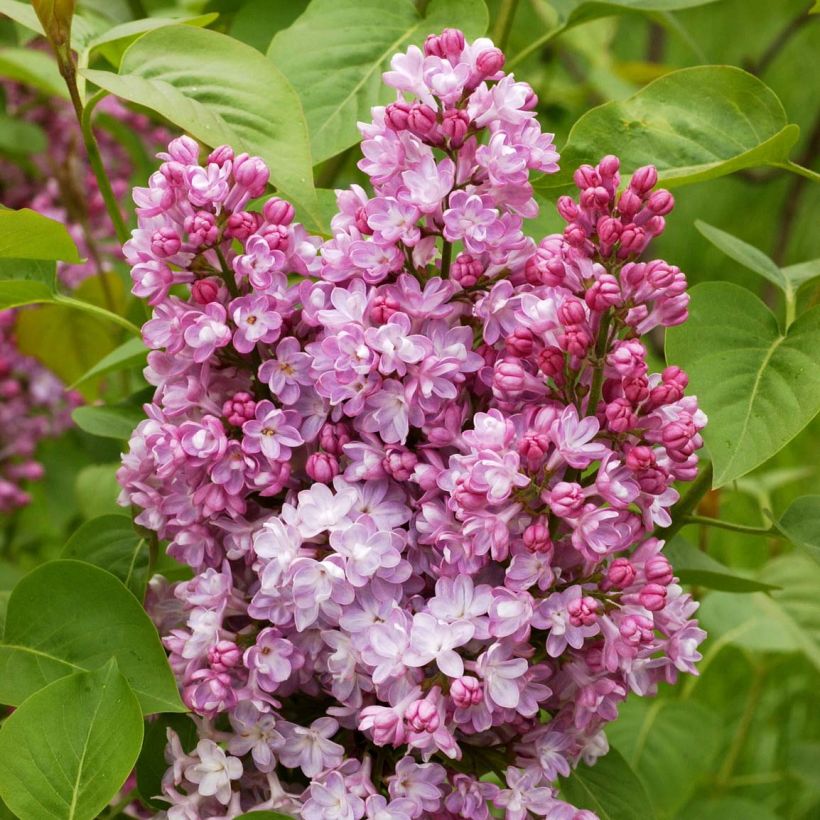

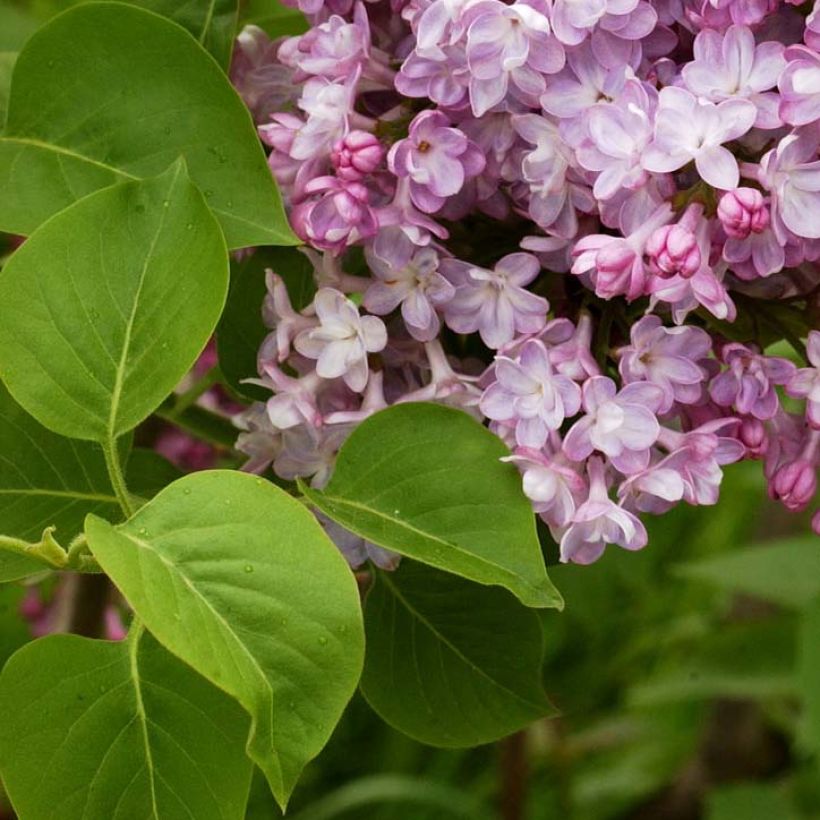

Plant habit
Flowering
Foliage
Botanical data
Syringa
vulgaris
Belle de Nancy
Oleaceae
Common Lilac, Lilac
Cultivar or hybrid
Other Syringa - Lilac
Planting and care
Planting period
Intended location
Care
-
, onOrder confirmed
Reply from on Promesse de fleurs
Hedge shrubs
Haven't found what you were looking for?
Hardiness is the lowest winter temperature a plant can endure without suffering serious damage or even dying. However, hardiness is affected by location (a sheltered area, such as a patio), protection (winter cover) and soil type (hardiness is improved by well-drained soil).

Photo Sharing Terms & Conditions
In order to encourage gardeners to interact and share their experiences, Promesse de fleurs offers various media enabling content to be uploaded onto its Site - in particular via the ‘Photo sharing’ module.
The User agrees to refrain from:
- Posting any content that is illegal, prejudicial, insulting, racist, inciteful to hatred, revisionist, contrary to public decency, that infringes on privacy or on the privacy rights of third parties, in particular the publicity rights of persons and goods, intellectual property rights, or the right to privacy.
- Submitting content on behalf of a third party;
- Impersonate the identity of a third party and/or publish any personal information about a third party;
In general, the User undertakes to refrain from any unethical behaviour.
All Content (in particular text, comments, files, images, photos, videos, creative works, etc.), which may be subject to property or intellectual property rights, image or other private rights, shall remain the property of the User, subject to the limited rights granted by the terms of the licence granted by Promesse de fleurs as stated below. Users are at liberty to publish or not to publish such Content on the Site, notably via the ‘Photo Sharing’ facility, and accept that this Content shall be made public and freely accessible, notably on the Internet.
Users further acknowledge, undertake to have ,and guarantee that they hold all necessary rights and permissions to publish such material on the Site, in particular with regard to the legislation in force pertaining to any privacy, property, intellectual property, image, or contractual rights, or rights of any other nature. By publishing such Content on the Site, Users acknowledge accepting full liability as publishers of the Content within the meaning of the law, and grant Promesse de fleurs, free of charge, an inclusive, worldwide licence for the said Content for the entire duration of its publication, including all reproduction, representation, up/downloading, displaying, performing, transmission, and storage rights.
Users also grant permission for their name to be linked to the Content and accept that this link may not always be made available.
By engaging in posting material, Users consent to their Content becoming automatically accessible on the Internet, in particular on other sites and/or blogs and/or web pages of the Promesse de fleurs site, including in particular social pages and the Promesse de fleurs catalogue.
Users may secure the removal of entrusted content free of charge by issuing a simple request via our contact form.
The flowering period indicated on our website applies to countries and regions located in USDA zone 8 (France, the United Kingdom, Ireland, the Netherlands, etc.)
It will vary according to where you live:
- In zones 9 to 10 (Italy, Spain, Greece, etc.), flowering will occur about 2 to 4 weeks earlier.
- In zones 6 to 7 (Germany, Poland, Slovenia, and lower mountainous regions), flowering will be delayed by 2 to 3 weeks.
- In zone 5 (Central Europe, Scandinavia), blooming will be delayed by 3 to 5 weeks.
In temperate climates, pruning of spring-flowering shrubs (forsythia, spireas, etc.) should be done just after flowering.
Pruning of summer-flowering shrubs (Indian Lilac, Perovskia, etc.) can be done in winter or spring.
In cold regions as well as with frost-sensitive plants, avoid pruning too early when severe frosts may still occur.
The planting period indicated on our website applies to countries and regions located in USDA zone 8 (France, United Kingdom, Ireland, Netherlands).
It will vary according to where you live:
- In Mediterranean zones (Marseille, Madrid, Milan, etc.), autumn and winter are the best planting periods.
- In continental zones (Strasbourg, Munich, Vienna, etc.), delay planting by 2 to 3 weeks in spring and bring it forward by 2 to 4 weeks in autumn.
- In mountainous regions (the Alps, Pyrenees, Carpathians, etc.), it is best to plant in late spring (May-June) or late summer (August-September).
The harvesting period indicated on our website applies to countries and regions in USDA zone 8 (France, England, Ireland, the Netherlands).
In colder areas (Scandinavia, Poland, Austria...) fruit and vegetable harvests are likely to be delayed by 3-4 weeks.
In warmer areas (Italy, Spain, Greece, etc.), harvesting will probably take place earlier, depending on weather conditions.
The sowing periods indicated on our website apply to countries and regions within USDA Zone 8 (France, UK, Ireland, Netherlands).
In colder areas (Scandinavia, Poland, Austria...), delay any outdoor sowing by 3-4 weeks, or sow under glass.
In warmer climes (Italy, Spain, Greece, etc.), bring outdoor sowing forward by a few weeks.


































